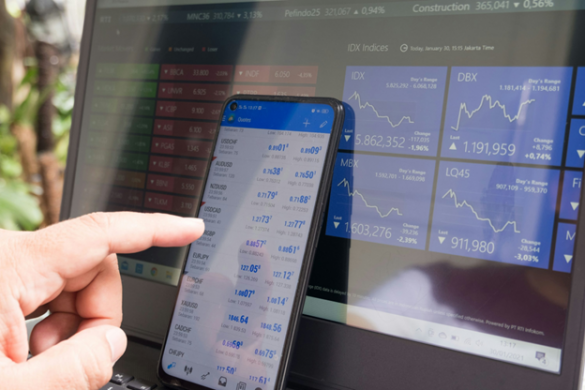In the world of trading, what gets measured often gets managed—but not always in the way intended. Goodhart’s Law offers a powerful caution: once a metric becomes a target, its effectiveness as a true measure quickly unravels.

Originally aimed at economic policy, the principle has found striking relevance in modern trading. Traders often lean heavily on metrics—win rate, Sharpe ratio, profit factor, drawdown limits—to guide decisions and refine strategies. But as these metrics shift from being diagnostic tools to performance targets, they lose their value and begin to distort trader behavior.
A trader using a system with a consistently high win rate may, for instance, begin modifying trade execution to protect that number—skipping viable trades or taking premature exits. Ironically, in trying to preserve the win rate, the trader undermines the strategy’s core edge. The focus moves from effective execution to maintaining appearances.
This distortion becomes even more pronounced in backtesting. Optimizing a strategy purely for historical performance can lead to overfitting—where a system is fine-tuned to past data but performs poorly in live markets. Such strategies often lack the flexibility to handle real-time volatility and market randomness.

Source: create.vista.com
The psychological effects are no less damaging. Traders who tie their sense of competence to constant correctness—always needing to be right—tend to resist healthy losses, chase trades, or abandon solid systems at the first sign of discomfort. Their decisions shift from process-oriented to emotionally reactive. As the need for control takes over, performance falters.
Goodhart’s Law also impacts risk management. Some traders reduce position sizes excessively or stop trading altogether after small drawdowns to keep their equity curves smooth. While it may create the illusion of stability, this often sabotages long-term growth potential. In such cases, the trader ends up optimizing for cosmetic appeal rather than actual performance resilience.
The broader trading world isn’t immune either. Fund managers and quantitative teams often tweak or cherry-pick metrics to make systems look profitable—even when they’re structurally unsound. Metrics can be manipulated; edge cannot.
At its core, Goodhart’s Law is a reminder that metrics should support decision-making—not define it. The health of a trading system lies not in its ability to impress on paper but in its capacity to perform consistently across changing conditions and to align with disciplined execution.
Process—not the scoreboard—must remain the compass.
Learn from market wizards: Books to take your trading to the next level

 Hot Features
Hot Features












